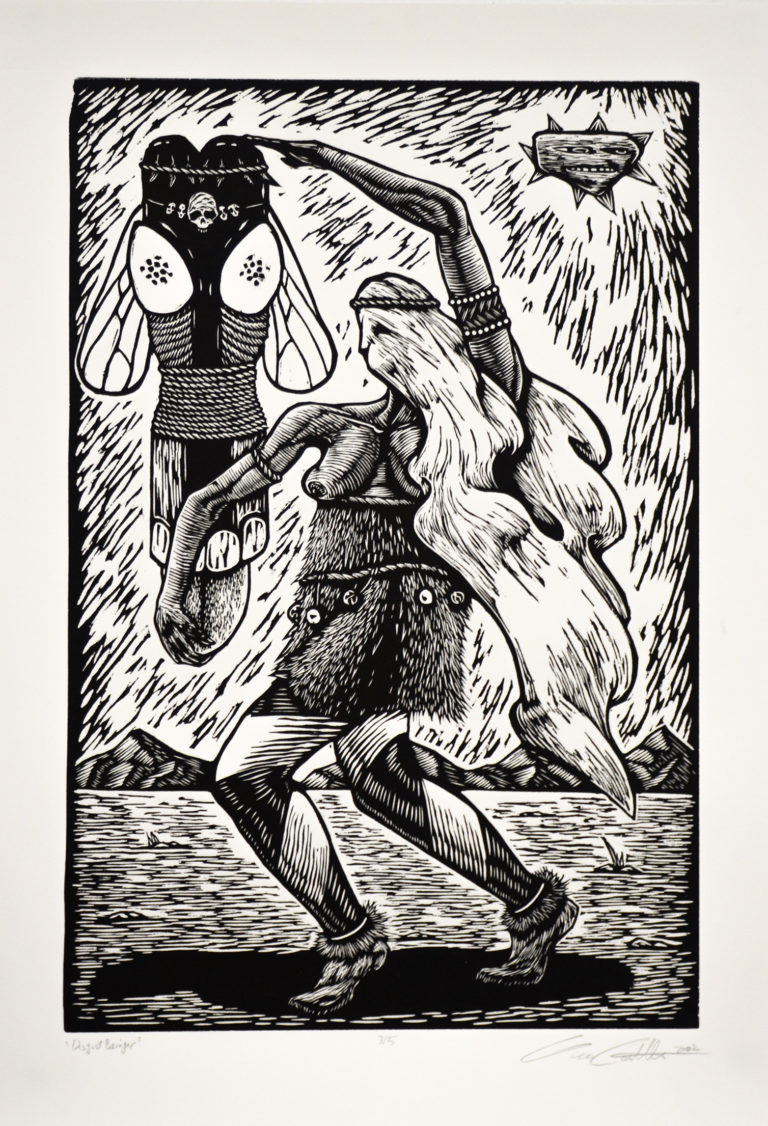
Disgustbringer
The sense of repulsion or disgust is something that has been linked to our avoidance of poisonous danger ever since we were arboreal people. We developed an acute reaction to the smell of feces, rotten food or flesh, sulfur, etc, as well as things that taste just as bad. Breathing bad gases, ingesting the wrong food, or dousing our bodies with matter that is not a good mix with out skin can lead to a sure death.
The physical type of disgust sort of forces the body to reject what’s not good for us. That way eating bad food or simply smelling something can cause vomiting or faintness. Seeing something repulsive can also create this sense of rejection.
We feel uncomfortable in a dirty or smelly environment, because where there’s bad hygiene there’s also illness that come from bacteria that is living in filth or from insects and other creatures that thrive in the environment of decay. Disgust is directly related to human’s necessity to avoid illness or illness transmission.
Emotionally, disgust can be related to several patterns of behavior, the most obvious one being rejection of something or someone that can either harm us or be unhealthy for us, or that is simply not up to our standards. Rejecting another person because they seem unkempt or smell bad can trigger unconscious aversion to the suggestion of illness that result from bad hygiene. Living life in a certain way, with certain societal presuppositions, can also affect how we see others, and we can sense literal disgust for people who we may perceive as being “not up to our standards” or “below us”.
Interestingly enough, however, there are studies that link disgust to sexual interaction. Studies have proven that our sense of disgust strongly diminishes when sexually aroused, and that our sexual arousal can also diminish with enough sense of disgust. This connection may indicate that humans are genetically willing to overlook certain disgusting patterns in one another in order to be able to reproduce, but not to the point of risking certain disease transmission.
